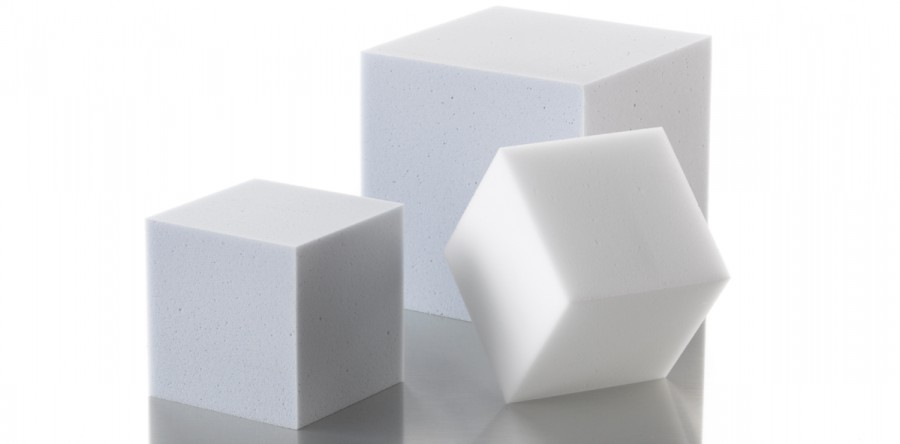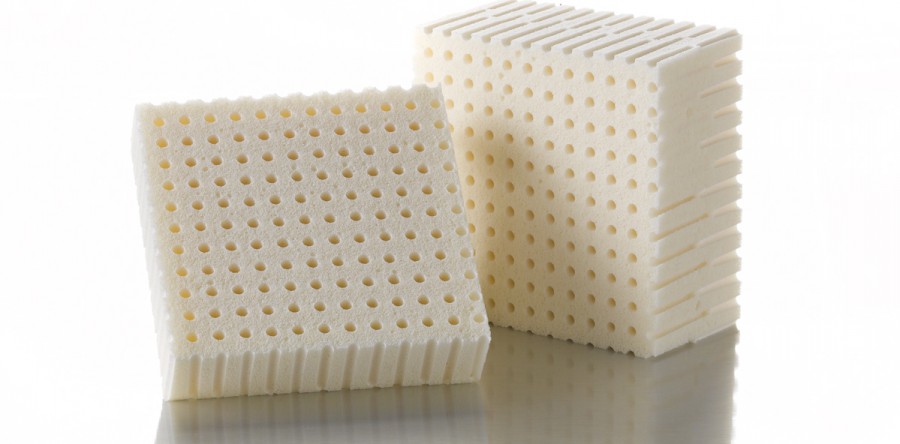Polyurethane (PU) foam is produced from polyols and toluylene diisocyanate (TDI) or methylene diphenyl isocyanate (MDI), which are polyisocyanates supplied by the petrochemical industry. Two different input materials, slabstock and moulded foam, are used for fabricating flexible polyurethane foam. Celloflex exclusively uses cut-to-size slabstock, which is associated with a number of advantages: firstly, the moulded…
Mehr lesen
Polyurethane foam






